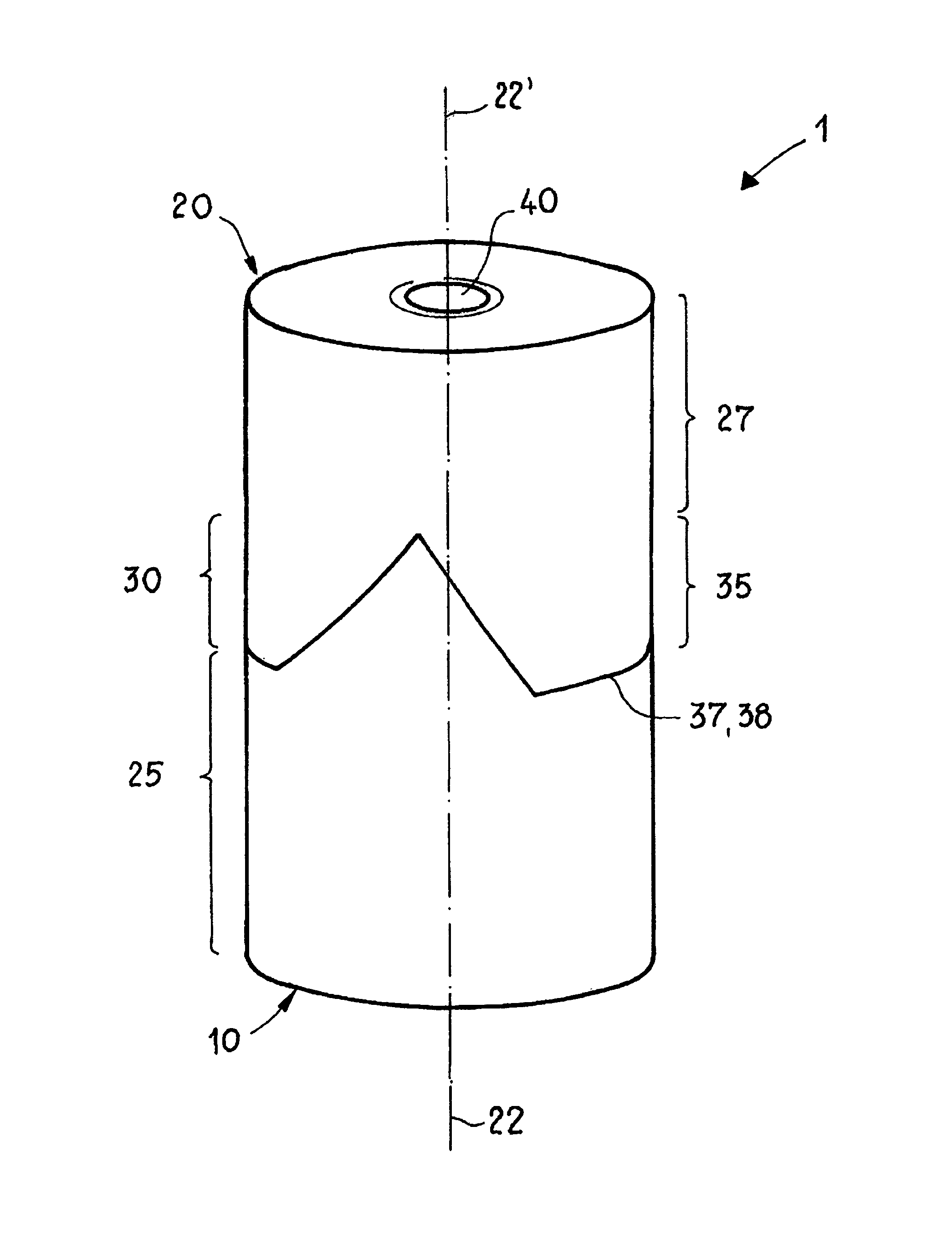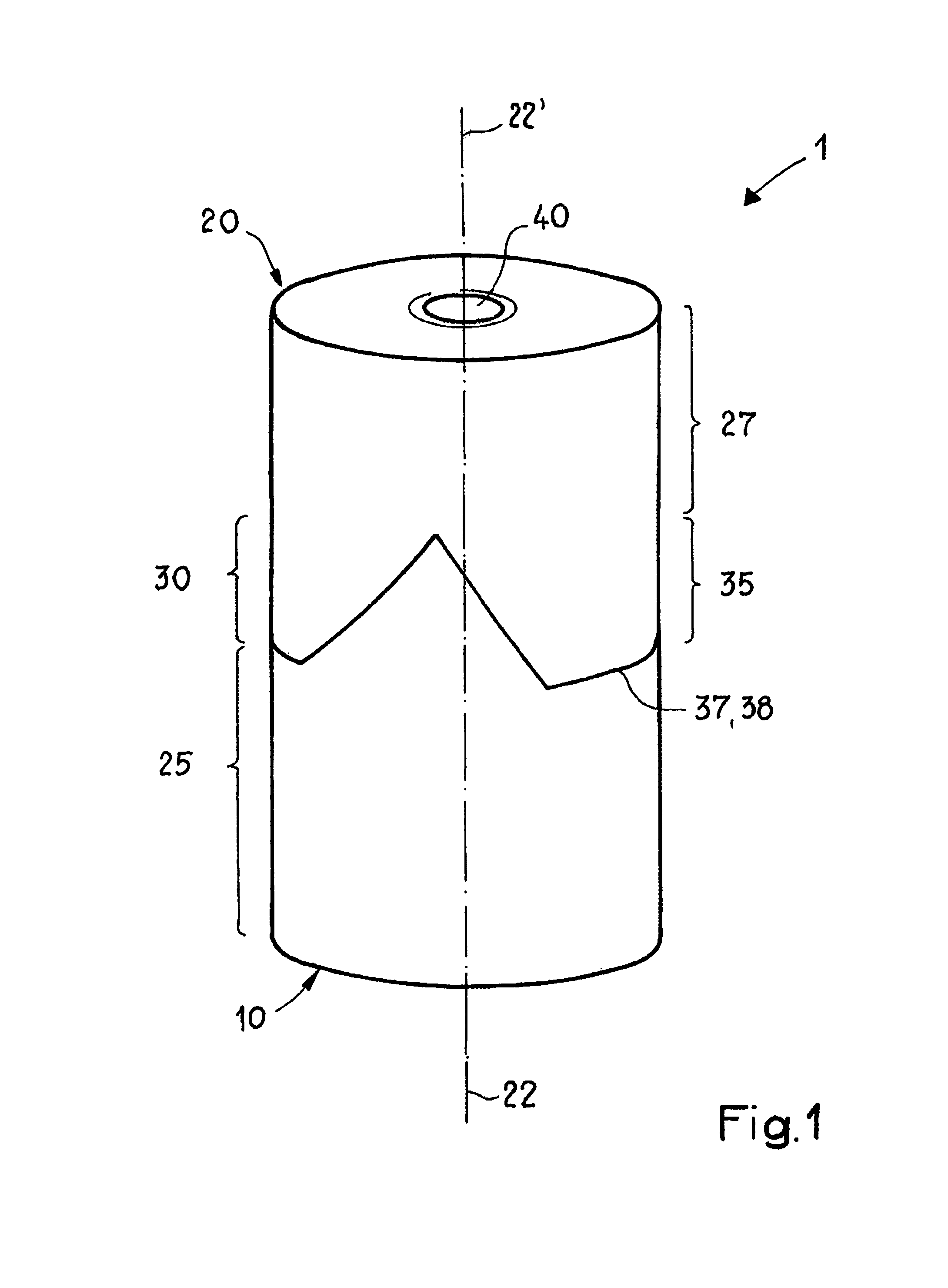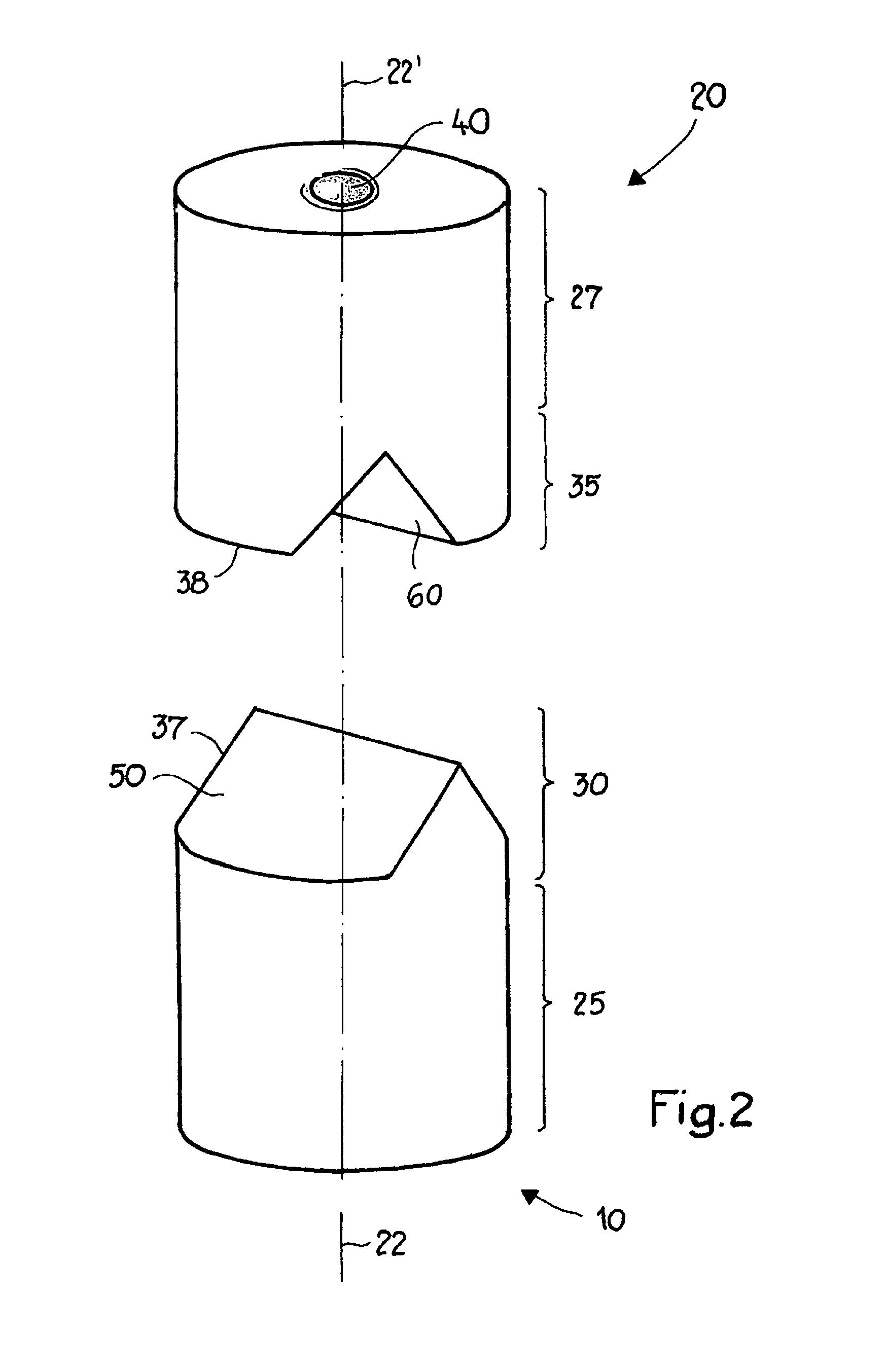Scaffolds for artificial heart valves and vascular structures
a technology of vascular structures and stems, which is applied in the direction of blood vessels, prostheses, weaving, etc., can solve the problems of increasing the risk, the potential recipient far outnumbers the present donor of the organ needed, and the leading cause of death of heart diseases, etc., and achieves excellent cell growth properties, suitable for implantation
- Summary
- Abstract
- Description
- Claims
- Application Information
AI Technical Summary
Benefits of technology
Problems solved by technology
Method used
Image
Examples
example
[0095]Manufacturing of a Tubular Structure
[0096]Tubular structures according to the invention can be manufactured using a conventional electro-spinning device. Briefly, a high voltage (e.g. 20 kV) is applied to a metallic capillary, which is connected to a reservoir holding a solution of the biocompatible block copolymer (e.g. 30% in chloroform). The charged polymer solution ejects as a thin jet from the capillary nozzle.
[0097]The resulting fibres are then collected on a oppositely charged carrier structure (also termed target). If tubular structures are to be manufactured, a simple electro-conductive bar can be used as target. During the deposition process of the fibres the target is rotated. The rotation speed allows to a certain extent to influence the orientation of the fibres deposited on the target. While low rotation speeds yield a mesh with fibres having no particular orientation, higher rotations speeds yield a mesh with fibres that are oriented.
PUM
| Property | Measurement | Unit |
|---|---|---|
| diameter | aaaaa | aaaaa |
| temperature | aaaaa | aaaaa |
| temperature | aaaaa | aaaaa |
Abstract
Description
Claims
Application Information
 Login to View More
Login to View More - R&D
- Intellectual Property
- Life Sciences
- Materials
- Tech Scout
- Unparalleled Data Quality
- Higher Quality Content
- 60% Fewer Hallucinations
Browse by: Latest US Patents, China's latest patents, Technical Efficacy Thesaurus, Application Domain, Technology Topic, Popular Technical Reports.
© 2025 PatSnap. All rights reserved.Legal|Privacy policy|Modern Slavery Act Transparency Statement|Sitemap|About US| Contact US: help@patsnap.com



